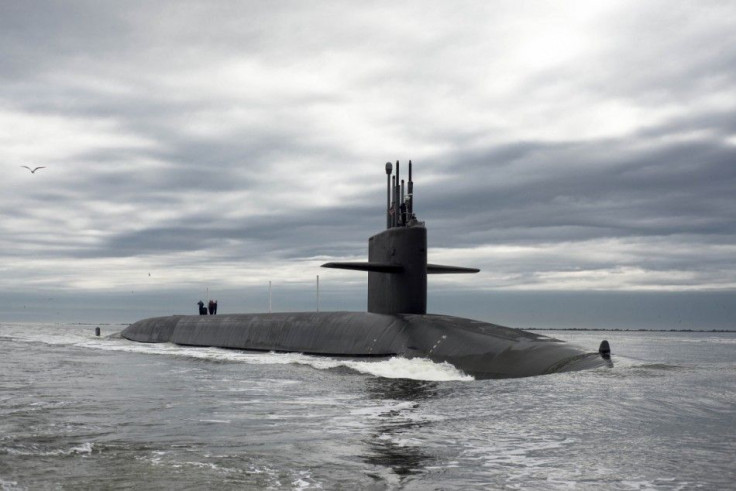China Factor Makes Many Asian Countries A Booming Market For US Defence Companies

Rising concerns over Chinese expansion in the Asian region has created a booming market for U.S. defense companies in Southeast Asia. Countries such as Vietnam, Malaysia and Thailand are spending highly to spruce up their defence systems. Obviously, the arms shopping spree stems from a fear over the posturings of China.
Though Southeast Asian countries have been steadily building up their defense systems in the past 10 years, the pace of acquisitions picked up only recently, says Anthony Nelson, of the U.S.-ASEAN Business Council. He noted that the countries are “going to spend something like $40 billion in 2015 on defense, which is a substantial increase from where they were just a few years ago. We're expecting them to go up to around $50 billion or so by 2020.”
Tense Environment
What is driving the arms purchase is a tense security environment in the region, says Lyle Goldstein, a China specialist at the U.S. Naval War College. He cited the friction between some Asian neighbors over various issues as one reason. According to Goldstein, it is evident that the biggest worry for many Asian countries is China, which has been trying to exert sovereignty in the South China Sea by ignoring the claims of many countries in a territory rich in oil, gas and fish.
"Unquestionably we see countries spending a lot of money on very high-end equipment — I'm talking about ships and aircraft, submarines, very expensive items — there's no question in my mind that it has to do with this South China Sea dispute," Goldstein said. The U.S. defense companies, on their part, are fast leveraging the region's need for military equipment and they have already found a potentially lucrative customer in Vietnam.
Arms Embargo Lifted
Recently, the Obama administration made a partial lifting of the ban on weapons sales to Vietnam. In April, the U.S. Embassy in Hanoi conducted a day-long symposium and arranged a conclave of Vietnamese officials and American defense companies. Others active in the Vietnamese arms market are Russia, France, the U.K., and South Korea.
Nelson says Russia has been a long-time military supplier to Vietnam and sold it six submarines in recent times. According to him, the U.S. cannot compete in submarines but is strong in areas such as advanced radars and sensors. “So the U.S. does have the highest quality products, and we have by far the best surveillance and domain awareness products,” Nelson says.
The Obama administration’s focus on the Asia-Pacific region made it lift the arms sales embargo to Vietnam and recently announced that the U.S. will provide Vietnam $18 million towards financing new vessels for its coast guard. It was a land mark initiative, in terms of defense cooperation between the two enemies since the partial lifting of the decades-old U.S. arms embargo against Vietnam. Defense secretary Carter’s announcement came weeks after the 40th anniversary of the fall of Saigon, which marked the culmination of the Vietnam War, reports Diplomat.
Carter remarked that he hoped the U.S. financing would lead to a growing security partnership between the two countries: “After 20 years there is more we can do… [to] enhance our capabilities and the capabilities of Vietnam,” he noted. The United States now sees Vietnam as a critical partner in moderating China’s assertiveness in the South China Sea.
(For feedback/comments, contact the writer at k.kumar@ibtimes.com.au)





















